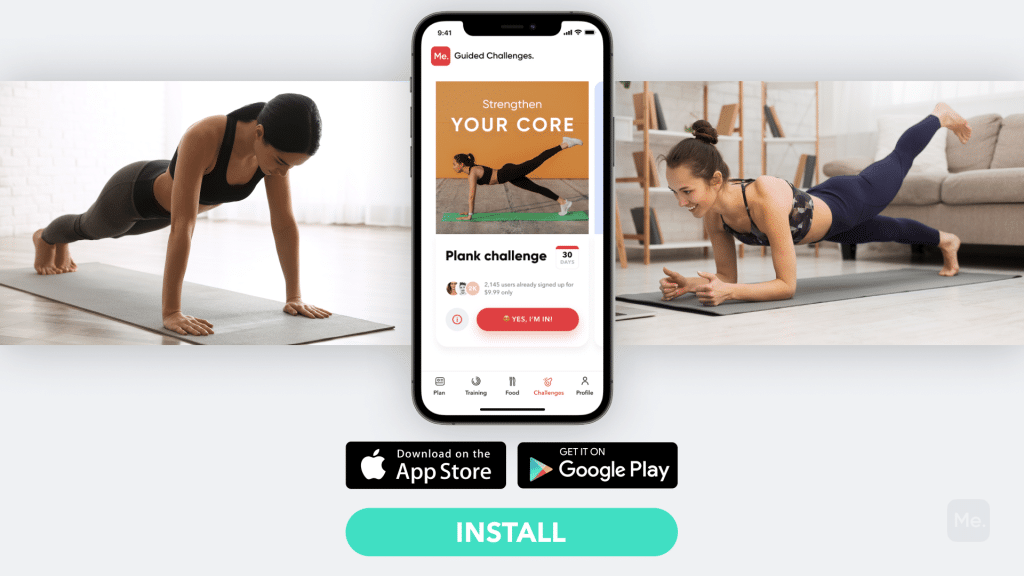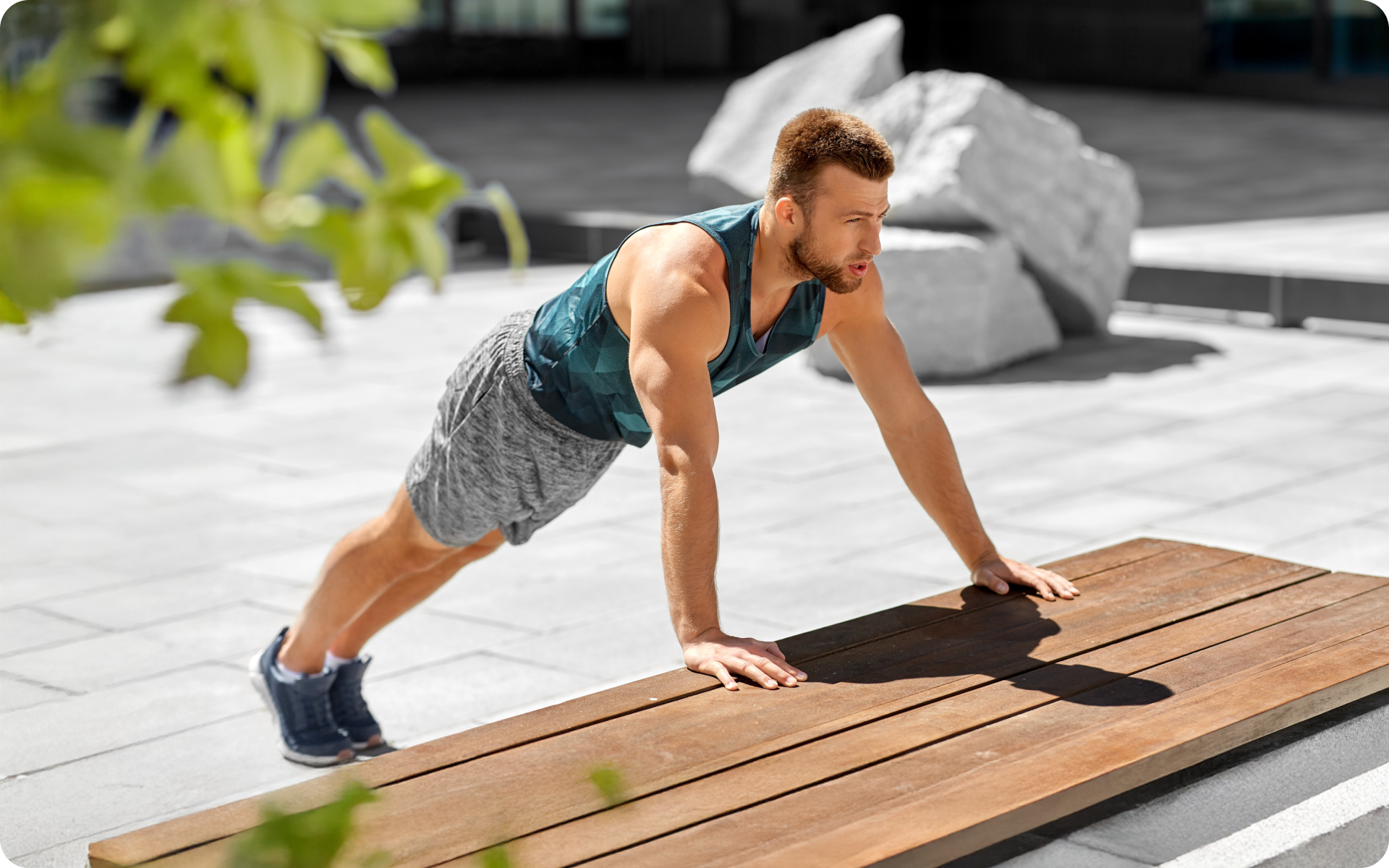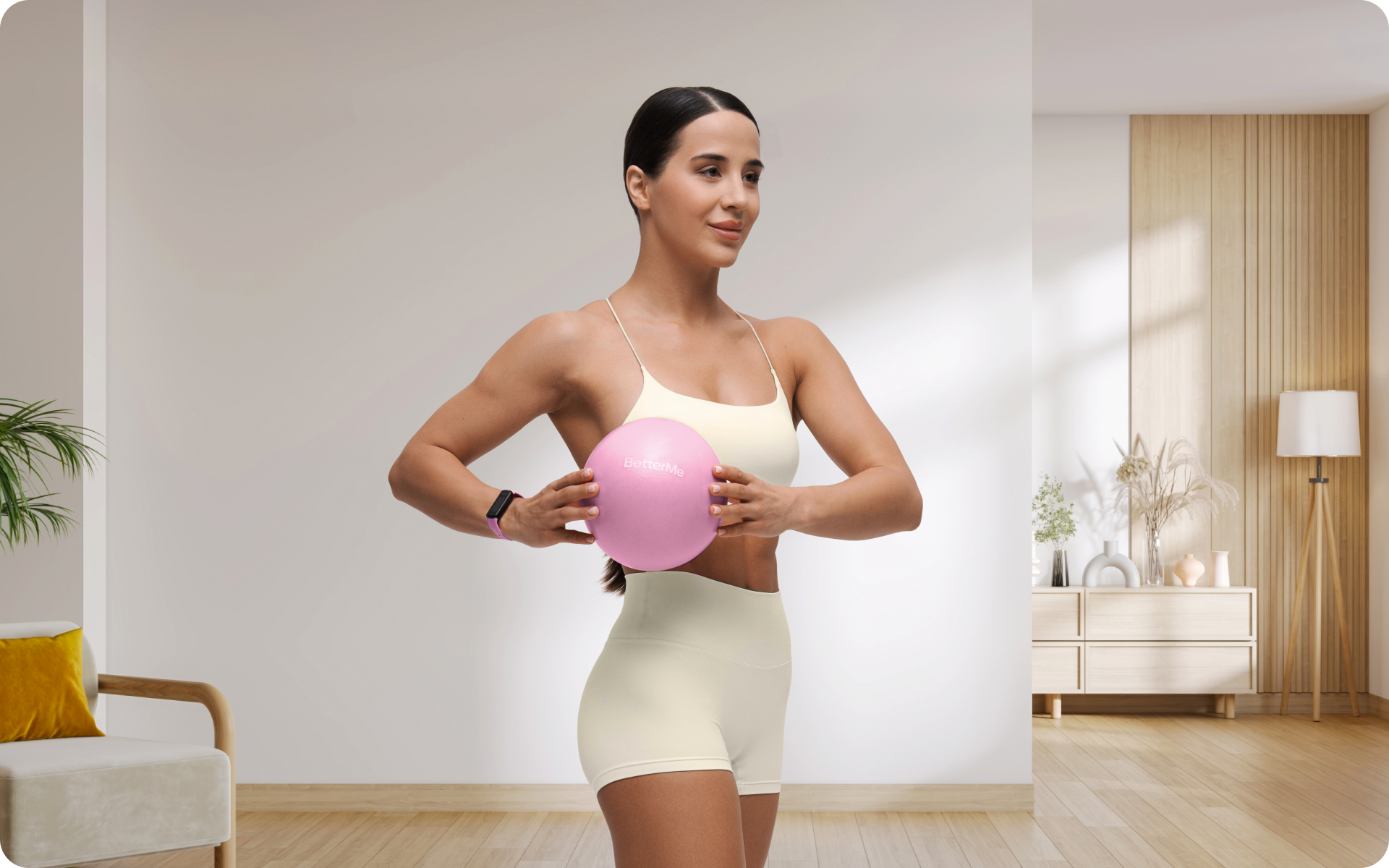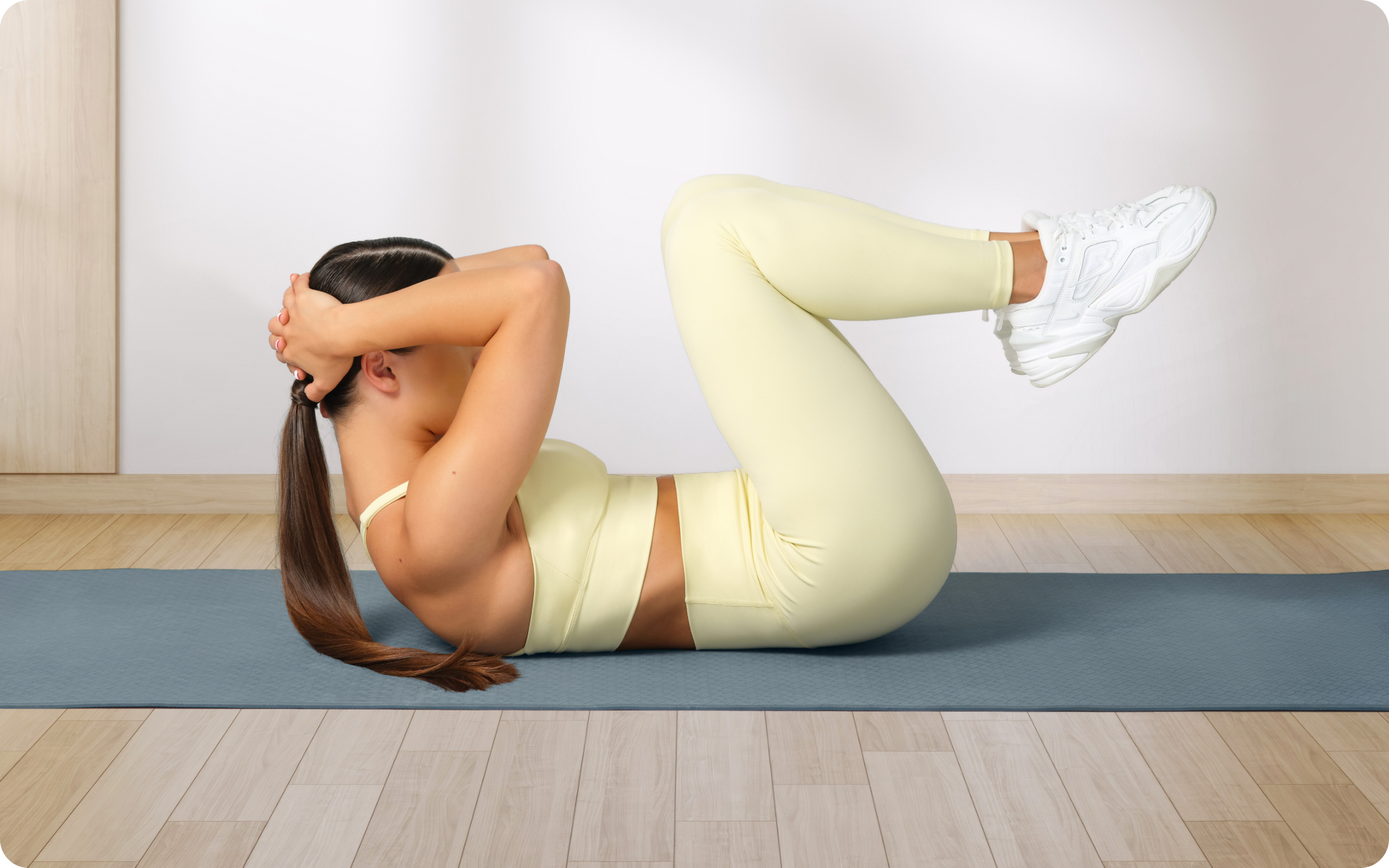Planks are among the most common type of exercise. They are common because they come with a wide range of benefits, are easy to do, literally anyone can do them. Just like any other exercise, for you to enjoy the benefits and prevent being injured, you have to planks in the right form. In this read, we shall look at planks for back pain, how to do planks properly to avoid back pain, other benefits of doing planks and everything else related to planks.
Understanding Back Pains
How many people do you hear complain about back pains everyday? Back pain is a common neuro-musculo-skeletal problem that affects about 40% of the whole population. It can lead to people being very unproductive apart from it being very painful and uncomfortable. The main symptoms of back pains include (2):
- Local or radical pain
- Tenderness in painful area
- Spam, which is aggravated by movement
The main causes of back pain are (2):
- Osteoarthritis
- Rheumatoid arthritis
- Degeneration of the discs between the vertebrae or a spinal disc herniation
- A vertebral fracture
- An infection or a tumour
BetterMe app will kick you out of the mental funk, shake off your extra weight, rid you off you energy-zapping habits, and help you sculpt the body of your dreams. Intrigued? Hurry up and change your life for the better!
Factors That Increase The Risk Of Getting Back Pains
There are also factors that increase the risk of getting back pains. These factors are:
-
Smoking (1)
Smokers have increased rates of back pain. This may occur because smoking prompts more coughing, which can lead to herniated disks. Smoking can also decrease blood flow to the spine and increase the risk of osteoporosis.
-
Age (1)
The older you are the more likely you are to start experiencing back pains. Younger people have a lower risk of getting back pains as their muscles are still strong and they are very active.
-
Lack Of Exercise (1)
Back pains are mostly caused by weak muscles and unused muscles. Lack of exercises, especially strength training exercises leads to your muscles being weak and therefore the likelihood of developing back pains.
-
Being Obese Or Overweight (1)
Having excess weight comes with an increased risk for many conditions and back pains happens to be one of them. Being overweight or obese increases the risk of getting back pains as the weight exerts extra stress on your back.
-
Diseases (1)
This is yet another thing that increases the risk of developing back pains. Diseases like arthritis are known to cause back pains.
-
Improper Lifting Of Goods (1)
This can be from normal everyday items like moving your couch or even exercising when lifting heavy weights. Lifting with your back instead of your legs will increase the chances of getting back pains.
Read More: Side Plank Hip Lifts To Activate Your Obliques And Boost Your Core Strength
Are Planks Good For Lower Back Pain?
The short answer to that question is yes. Planks are good for dealing with lower back pain and back pain in general. Planks belong to a category of exercises that are referred to as core stabilization exercises and study shows that these particular types of workout help alleviate back pain to a strong degree (2). A study aimed to determine if the combined efforts of manual physical therapy and core stability exercises therapy would help in the management of lower back pains.
The core stabilization exercises were used in the study to help with strengthening of the spinal muscles. If the spinal muscles are strong, it would mean that they have the ability to hold the spine correctly, preventing and reducing back pains. The core stabilization workouts that were used in the study were divided into two categories; static activity exercises and dynamic floor core stability exercises (2). The static workouts used were planks, side planks, bridges and supermans. The dynamic floor exercises used were side lying abductions, oblique crunches, straight leg raises and lying wind screens.
How The Study Was Conducted
The study had 40 participants who were experiencing back pains. The individuals were divided into two groups. The participants in group A were to practice a combination of specific lumbar mobilization techniques and core stabilization exercises. The participants in group B were to do the specific lumbar mobilizations techniques only. The reason the study used specific lumbar mobilization techniques is from the fact that, that is the physiotherapy approach that is usually used to deal with back pains.
The study was to take a period of 6 weeks and the participants were to undergo 45 minute sessions every 4 days in a week. The Oswestry Disability Index (ODI) and the Visual Analog Scale (VAS) for mechanical low back pain were the assessment tools used for all the participants before and after 6 weeks of the study (2).
Lean and toned up body isn’t just a far-fetched fantasy. Check out the BetterMe app and watch it propel your weight loss journey into high gear!
Results Of The Study
The results were able to show some significant improvement in the mean pain intensity and the disability score from the two groups.
In group A where participants used specific lumbar mobilization techniques together with core stabilization exercises, the results were as follows (2):
- Their mean pain intensity was 6/10 before the study and 2/10 after the study.
- Their disability score was 36 before the study and 16 after the study.
In group B where participants had specific lumbar mobilization techniques only, the results were as follows (2):
- Their mean pain intensity was 7/10 before the study and 5/10 after the study.
- Their disability score was 38 before the study and 26 after the study.
From the results it is clear that specific lumbar mobilization techniques together with core stabilization workouts like planks and side planks are effective when it comes to dealing with back pains.
How To Do Planks Correctly
Since now we know planks help with back pains, it is important to know how to do them correctly. If you use the wrong form, you will end up causing harm while thinking you are benefiting your back and your body as a whole. With that said, this is how to do planks correctly (4):
- You start by lying down with your face facing the ground and your back facing the sky with your forearms on the ground. Your legs should be extended straight and your feet together.
- Then push into your forearms as you raise your body so it forms a straight line from your head and neck to your feet. Make sure not to let your hips rise or sag while doing this.
- Keep looking down and hold this position as you engage your abdominal muscles.Try to maintain the position for up to 30 seconds and then lower your body and rest. This completes one set. Try to do 2 to 3 sets.
Read More: 28-Day Plank Challenge That Will Melt Your Fat And Tone Your Muscle
Do’s And Don’ts Of Planks
To make a plan more effective and less likely to cause harm to your body. Here is a list of things you should do and others you should make sure you steer away from.
- While doing a plank, you need to stay firm (3). The idea behind the plank is to shape your body in a shape similar to a plank of wood. This means while doing it you should be stable and you should create a straight line with your body from your head to your neck.
- You should not sag or pike your hips and butt region while going planks (3). Sagging or rising your hips while doing plans will lead to you not engaging the muscles that you need to be engaging while doing a plank. It also increases the risk of getting injured which is something you absolutely don’t want to happen.
- Another thing to do is to make sure you relax your shoulders while doing the planks (3). People are usually too tense in the shoulder and upper regions of the body while doing a plank and this should not be the case.
- The final thing that you should make sure to do is to keep your hands and forearms aligned to your shoulders (3). You should also relax your hands while doing this workout.
Which Muscles Are Worked By Planks?
The plank engages many muscles in your body. Here are the main muscles it works (5):
- Rectus abdominis muscles. These are the muscles located in the front region of your abdomen. People mostly refer to them as abs or six packs.
- Transverse abdominis muscles. These muscles are also referred to as corseting muscles. They are referred to as corseting muscles because they help cinch the waist and act as core stabilizers that support your lower back.
- Trapezius and rhomboid muscles. These muscles are located in the upper region of your back.
- Pectorals. Most referred to as the pecs. They are the chest muscles.
- Serratus anterior muscles. These are muscles that are usually around your shoulders and the sides of your chest.
Get your personalized
meal plan!
DISCLAIMER:
This article is intended for general informational purposes only and does not address individual circumstances. It is not a substitute for professional advice or help and should not be relied on to make decisions of any kind. Any action you take upon the information presented in this article is strictly at your own risk and responsibility!
SOURCES:
- Back pain (2020, mayoclinic.org)
- Comparison between Specific Lumber Mobilization and Core-Stability Exercises with Core-Stability Exercises Alone in Mechanical low back pain (2014, ncbi.nlm.nih.gov)
- Perfect your plank: The move to banish back pain (2018, nbcnews.com)
- Straight talk on planking (2019, health.harvard.edu)
- What Muscles Do Planks Work? How to Do a Proper Plank, According to a Personal Trainer (2019, prevention.com)











